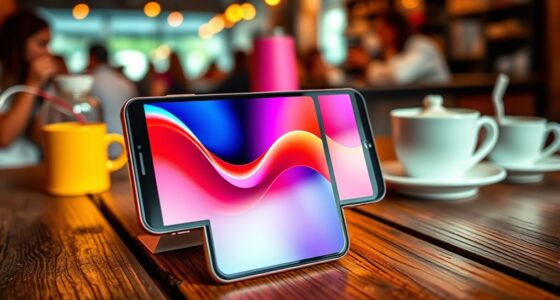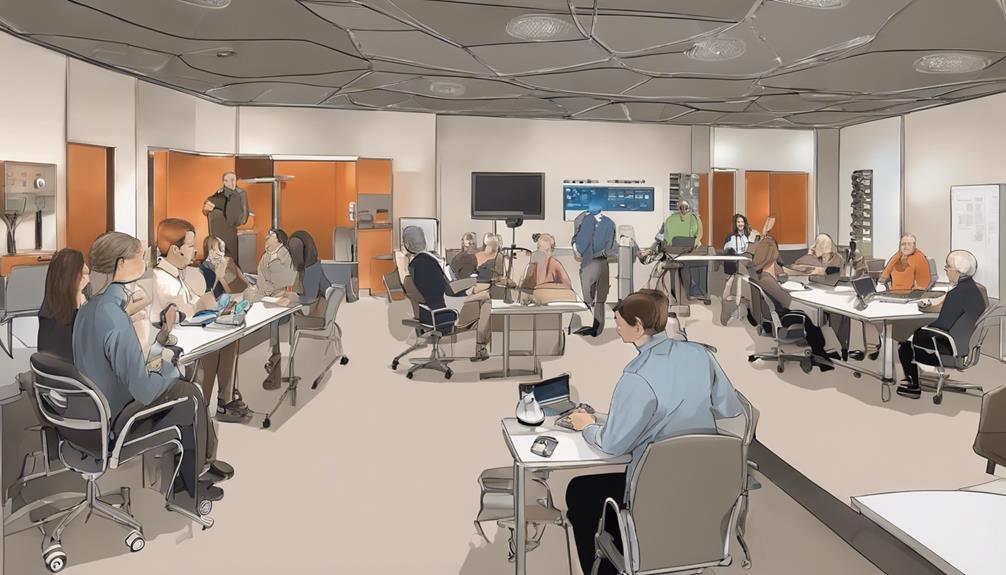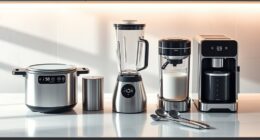When it comes to the effectiveness of assistive listening devices, opinions differ greatly. While some believe they can enhance sound clarity, others question their overall impact on auditory abilities.
However, as we explore the various types of devices available and the benefits they offer, a clearer picture emerges.
So, do assistive listening devices truly work for better hearing, or is there more to the story than meets the eye?
Key Takeaways
- Assistive listening devices significantly improve speech understanding and reduce background noise for individuals with hearing loss.
- Various types such as FM systems and induction loops offer clarity and accessibility in different environments.
- Using listening devices enhances communication, psychological well-being, and active engagement in daily activities.
- Consider comfort, compatibility, maintenance, and costs when choosing and using assistive listening devices for optimal effectiveness.
Effectiveness of Assistive Listening Devices
Assistive listening devices have been proven to significantly enhance hearing capabilities, providing a notable 15-25 dB volume increase for individuals dealing with hearing loss. These devices, including telecoil-equipped hearing aids, cochlear implants, and Assistive Listening Systems (ALSs), play a crucial role in improving sound clarity and reducing background noise. By amplifying sound and minimizing distractions, assistive listening devices help individuals with hearing impairments overcome listening challenges in various settings like classrooms, theaters, and public spaces.
Research indicates that individuals using assistive listening devices can achieve similar speech understanding levels as those with normal hearing. These devices not only extend the effectiveness of traditional hearing aids and cochlear implants but also ensure accessibility for individuals with hearing impairments, aligning with ADA guidelines that recommend providing assistive listening devices at no cost in public places. By enhancing listening experiences and minimizing the impact of background noise, assistive listening devices are essential tools for individuals seeking to improve their hearing abilities and fully engage in everyday activities.
Types of Listening Devices
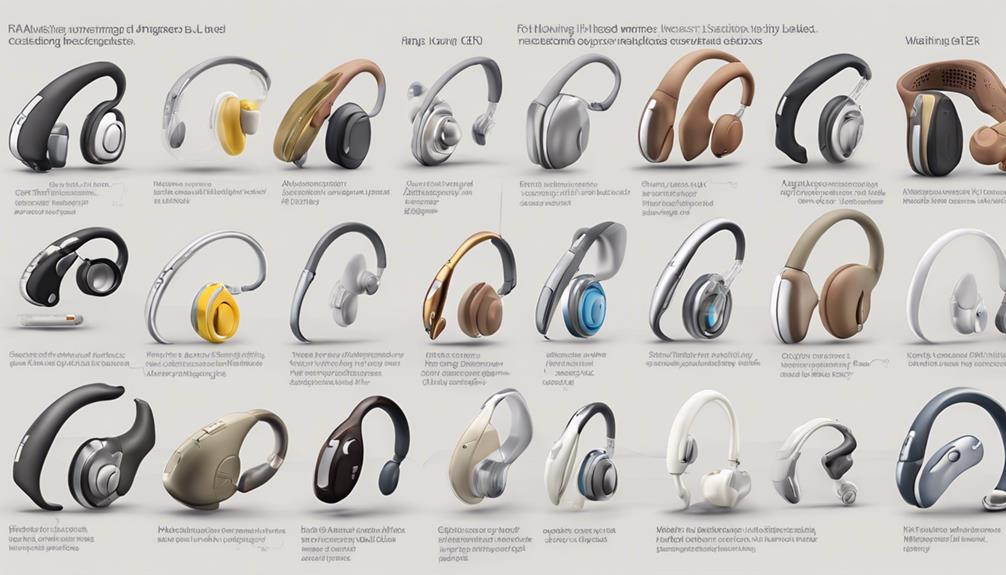
Among the various types of listening devices available for individuals with hearing loss, induction loops, FM systems, and infrared systems stand out as common and effective options. Induction loops work by transmitting sound electromagnetically to hearing aids equipped with telecoils, reducing background noise.
FM systems use radio signals to deliver sound directly to the listener, offering clarity in various environments. Infrared systems transmit audio signals through invisible light beams to receivers worn by users, ensuring privacy in settings like theaters or conference rooms.
Personal amplifiers and amplified phones are also valuable tools, amplifying sound and reducing interference. Additionally, IP relay services provide real-time captioning, enhancing communication for the hearing impaired.
These assistive listening devices play a crucial role in improving phone communication and daily activities for individuals with hearing loss, offering tailored solutions to meet diverse needs while enhancing overall quality of life.
Benefits of Using Listening Devices
Regularly using listening devices enhances speech understanding by amplifying sound directly into the ear, reducing background noise, and improving clarity for individuals with hearing loss. Hearing aids and other assistive listening devices play a crucial role in helping individuals with hearing difficulties engage more effectively in conversations and various auditory interactions. By reducing background noise, these devices enhance the overall listening experience, making speech clearer and easier to comprehend.
Moreover, the benefits extend beyond improved speech understanding. Assistive listening devices can also positively impact psychological well-being by alleviating feelings of anxiety and depression that may arise from struggling to hear and communicate effectively. Additionally, these devices support individuals in maintaining relationships and participating in daily activities by ensuring they can actively engage with their surroundings. For individuals with total hearing loss, assistive devices provide visual alerts or vibration alerts, enabling them to remain connected and informed in various environments.
Considerations for Device Users
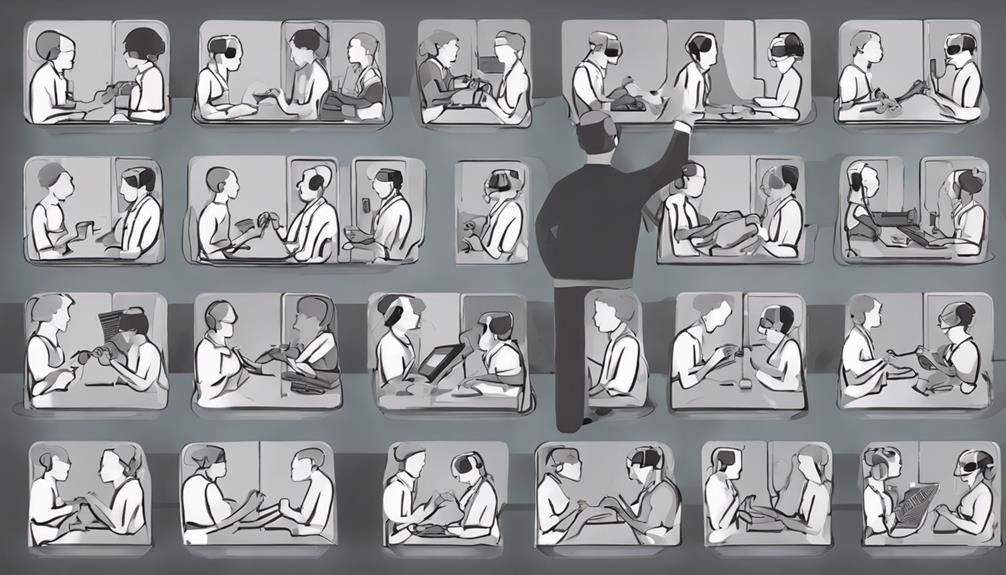
When considering assistive listening devices, it's crucial to prioritize user comfort preferences to ensure prolonged use without discomfort.
Device compatibility issues need to be carefully evaluated to guarantee seamless integration into daily activities.
Additionally, maintenance and care requirements should be factored in to prolong the lifespan and effectiveness of the chosen device.
User Comfort Preferences
User comfort preferences are pivotal in determining the efficacy of assistive listening devices. Factors such as device fit, ease of use, and personal preferences play a significant role in user satisfaction. Customizable features like volume control and noise reduction contribute to the overall comfort of the user.
The choice between over-the-ear headphones and discreet in-ear devices can impact the comfort and experience of the individual. User feedback and device trials are essential in determining the most comfortable and effective assistive listening device for each person.
Understanding and catering to these preferences can lead to better outcomes and increased user satisfaction with the device. Ultimately, considering user comfort preferences is crucial in achieving optimal results with assistive listening devices.
Device Compatibility Issues
Optimal performance of assistive listening devices hinges on ensuring seamless compatibility with existing technology, necessitating careful consideration of the user's specific hearing aid or cochlear implant type. When addressing device compatibility, users should pay attention to several key factors:
- Hearing Aid Compatibility: Understanding the specific requirements of one's hearing aid model is crucial for selecting the right assistive listening device.
- Telecoil Capabilities: Leveraging the telecoil feature in hearing aids can enhance the effectiveness of hearing loop systems and other ALD technologies.
- Device Compatibility: Some ALDs may need additional accessories or adapters to connect with certain hearing devices, highlighting the importance of thorough research.
- Impact of Compatibility Issues: Compatibility issues can hinder the functionality of ALDs, underscoring the significance of informed decision-making when choosing assistive listening solutions.
Maintenance and Care
Considering the essential aspect of maintaining and caring for assistive listening devices, regular upkeep is imperative to ensure their longevity and optimal functionality.
To maintain optimal performance, it's crucial to check batteries and connections regularly. Cleaning the devices frequently helps prevent the buildup of dirt or debris that can affect sound quality.
Adhering to the manufacturer's guidelines for care and storage can significantly extend the lifespan of assistive listening devices. Proper handling and storage when not in use can prevent damage and ensure continued functionality.
Seeking professional assistance for maintenance or repairs is advisable to promptly address any issues that may arise and maintain the effectiveness of the devices.
Cost and Insurance Coverage
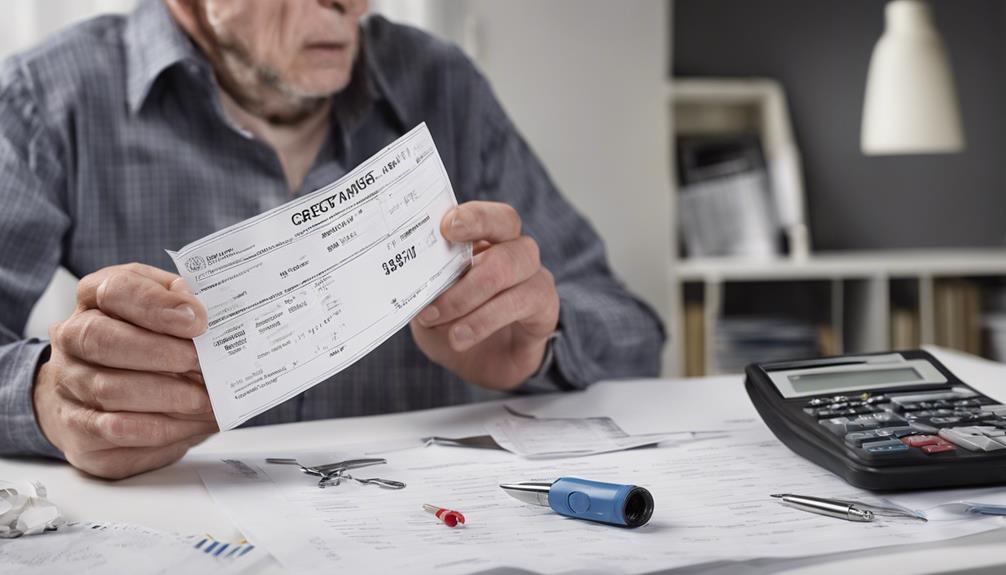
When considering the cost and insurance coverage of assistive listening devices, it's important to note that the price of these devices can vary significantly based on their features and type.
- Some ALDs, like personal amplifiers, can be as affordable as $50, while more specialized devices such as TV amplifiers may cost around $200.
- Insurance coverage for ALDs is generally limited, but certain devices may be covered under Medicare, Medicaid, or private insurance plans.
- Captioned Telephone Services offer free captioning for phone calls, aiding individuals with hearing loss who rely on speechreading.
- Federally funded programs like the Telecommunications Relay Services (TRS) provide financial assistance for acquiring assistive listening devices.
These options can make ALDs more financially accessible to those in need. Additionally, some states offer programs that provide financial aid or low-interest loans for the purchase of ALDs, further aiding individuals with hearing loss in obtaining the necessary devices for improved hearing.
Where to Purchase Listening Devices
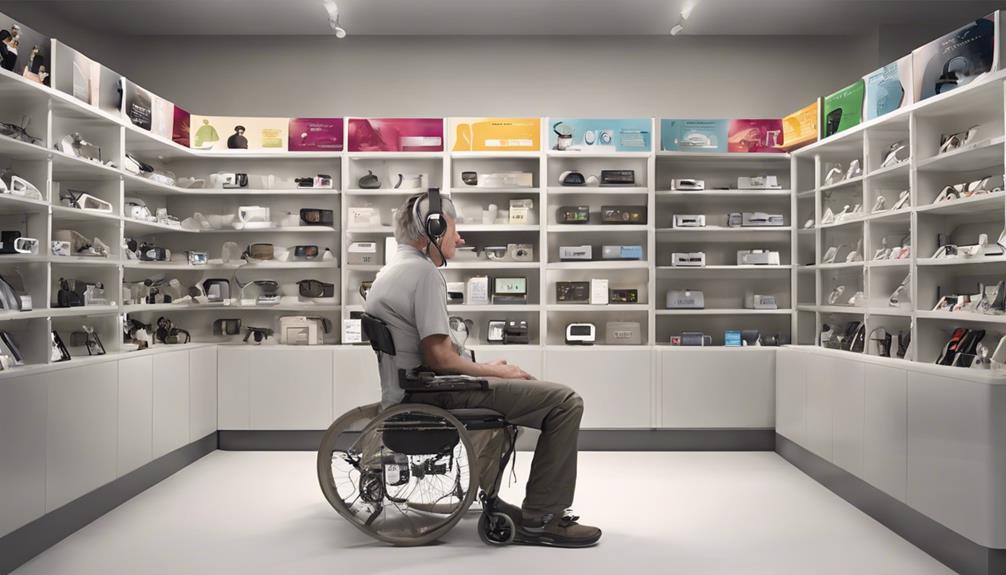
Assistive listening devices can be purchased from specialized retailers, online stores, audiologists, and hearing healthcare providers. These devices are also available over-the-counter without a prescription, making them easily accessible for individuals seeking solutions for their hearing needs. When considering a purchase, it's essential to explore potential insurance coverage options, as some plans, including Medicare, may help offset the cost depending on the policy and device type.
To ensure that you select the most suitable device, it's recommended to conduct thorough research, compare prices, evaluate features, and review customer feedback. Additionally, local hearing loss support groups or organizations can provide valuable resources and guidance on where to find appropriate listening devices. By leveraging these resources and taking the time to make an informed decision, individuals can enhance their hearing experience with the right assistive technology tailored to their specific needs.
User Testimonials and Reviews
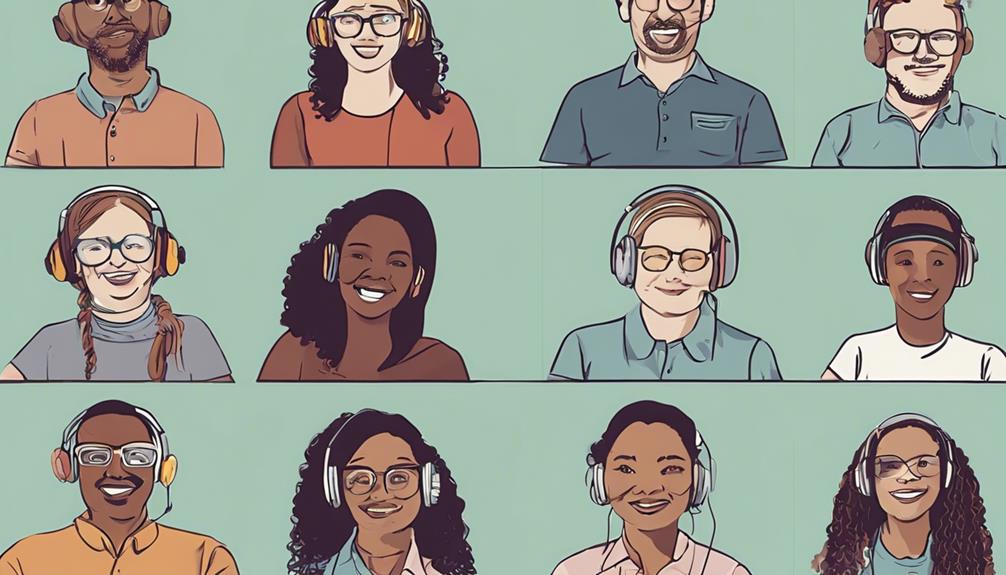
Users' experiences with assistive listening devices often showcase remarkable improvements in hearing clarity and speech comprehension. Based on user testimonials and reviews, here are some key points highlighting the benefits of assistive listening devices:
- Reduced Background Noise:
Many users report a significant reduction in background noise, allowing them to focus better on conversations and important sounds.
- Enhanced Sound Quality:
Reviews frequently mention the improved sound quality experienced when using ALDs, making speech and audio crisper and clearer.
- Improved Communication:
Testimonials emphasize how assistive listening devices have enhanced communication abilities, leading to increased engagement in social interactions and daily activities.
- Ease of Use and Compatibility:
Users express satisfaction with the user-friendly nature and compatibility of assistive listening devices, making them seamless additions to their daily routines.
Frequently Asked Questions
Which Electrical Device Helps to Improve Hearing Ability?
Electric devices with telecoils improve hearing ability by wirelessly connecting to hearing loop systems. These systems create electromagnetic fields that enhance sound transmission directly to compatible devices.
The telecoil technology within these devices offers a clearer and personalized listening experience for those with hearing loss.
Additionally, telecoil accessories can be added to cochlear implants, enabling direct connection to hearing loops, thus enhancing hearing ability in various environments.
What Are the Disadvantages of Hearing Devices?
Disadvantages of hearing devices include:
- The high cost
- Regular maintenance like battery changes
- Dependency on batteries for power
- Potential signal interference affecting sound quality
- A learning curve for effective use
These factors can pose challenges for individuals seeking better hearing. It's crucial to weigh these drawbacks against the benefits before investing in a hearing device.
What Assistive Technology Is Used for Severe Hearing Loss?
When facing severe hearing loss, various assistive technologies can be employed. Cochlear implants, bone conduction implants, and middle ear implants are common choices.
Direct audio input (DAI) systems facilitate direct connection to audio sources for improved clarity. Implantable devices like Vibrant Soundbridge and Esteem offer enhanced sound quality and speech comprehension.
These technologies directly stimulate auditory nerves, transmit sound vibrations through bone, or amplify vibrations in the middle ear, aiding those with severe hearing loss.
Which Device Can Be Used to Improve Hearing?
We find that personal amplifiers, like the Pocketalker, can greatly enhance hearing by amplifying sound for those with hearing loss. These devices offer clearer and louder audio in a variety of settings, providing a significant improvement in hearing quality.
Conclusion
In conclusion, assistive listening devices have revolutionized the way individuals with hearing impairments experience the world around them. They not only enhance sound clarity and reduce background noise, but also provide a significant increase in volume without distortion.
From hearing loops to personal amplifiers, these devices have proven to be effective in various settings. So, whether it's a family gathering or a crowded theater, assistive listening devices work wonders for better hearing.




